Regardless of the industry, problem management is part of day-to-day business. When the problems are complex, i.e. when they are made up of several components combined in a way that is not immediately intelligible, an original and relevant solution is often difficult to find. Why? It is difficult for our brain to fully grasp a complex problem and how the different components depend on each other.
1- Defining the problem to be solved
The first step is to fully understand the ins and outs of the problem to be solved. It is especially important not to confuse the problem with its symptoms. The problem must be posed in order to fully understand all its dimensions and how the different components depend on each other, and to gather as much information as possible so that you can more easily identify the causes. For example, in order to get a more wide-ranging opinion about a question, it may be necessary to get the employees of the various departments involved. Do not hesitate to use visualisation tools to better formulate the problem.
2 – Identifying the real causes
This key step involves searching for the causes that have a significant impact. Make a list of all the causes that could affect the problem. At first glance, the origin of the problem may seem obvious. However… we must always be wary of the obvious. Use the Five Whys method to dig deeper into your analysis and identify the root cause(s) of the problem. Then identify those that are big enough to be processed.
Rephrase your problem by focusing on the essentials.
3 – Finding the right solution
Certain tools, e.g. brainstorming, can be used to produce ideas for solving your problem. At this stage, every idea is welcome, even the crazy ones. After an iterative process, that involves combining and selecting ideas, their practicality or speed of implementation, and cost are assessed as well as the skills that must be mobilised and the risks.
Experimentation, testing and learning, and reviewing are always excellent ways to check the relevance of a solution and to improve it.
4 – Implementing the chosen solution and monitoring its effectiveness
Evaluate the results and the approach, decide if further actions are required, and conduct an iterative process if necessary.






